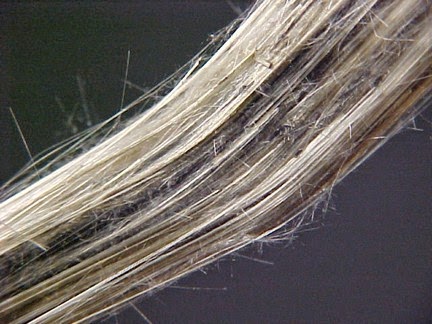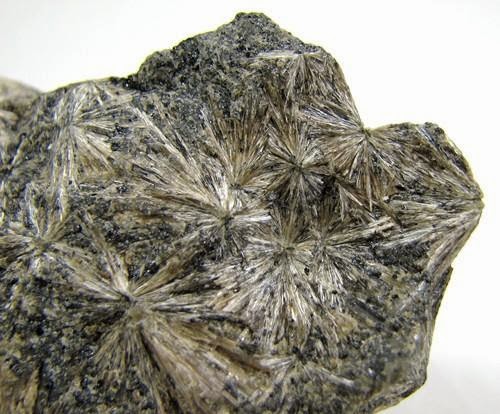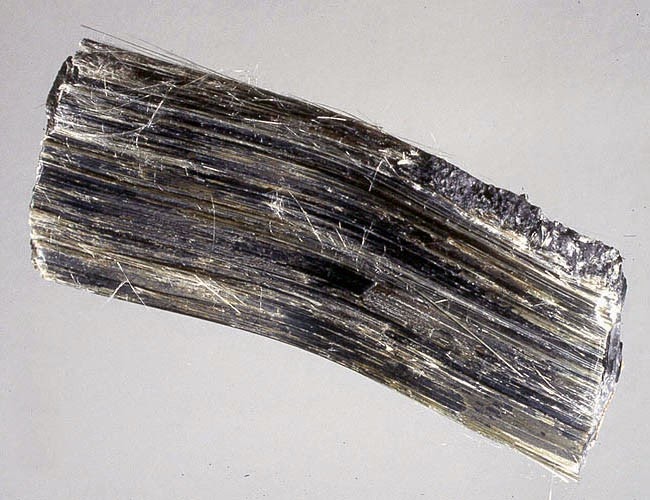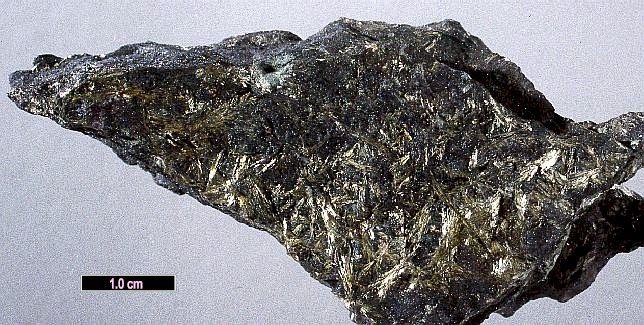
Chemical Formula: Fe7Si8O22(OH)2
Name Origin: Named for Louis Emmanuel Gruner (1809-1883), Swiss-French chemist who analyzed the mineral.
Grunerite is a mineral of the amphibole group of minerals with formula Fe7Si8O22(OH)2. It is the iron endmember of the grunerite-cummingtonite series. It forms as fibrous, columnar or massive aggregates of crystals. The crystals are monoclinic prismatic. The luster is glassy to pearly with colors ranging from green, brown to dark grey. The Mohs hardness is 5 to 6 and the specific gravity is 3.4 to 3.5.
It was discovered in 1853 and named after Emmanuel-Louis Gruner (1809–1883), a Swiss-French chemist who first analysed it.
Physical Properties
Cleavage: {110} Perfect, {???} Distinct
Color: Ashen, Brown, Brownish green, Dark gray.
Density: 3.4 – 3.5, Average = 3.45
Diaphaneity: Translucent to opaque
Fracture: Sub Conchoidal – Fractures developed in brittle materials characterized by semi-curving surfaces.
Hardness: 5-6 – Between Apatite and Orthoclase
Luminescence: Non-fluorescent.
Luster: Vitreous – Pearly
Streak: colorless
Photo:













